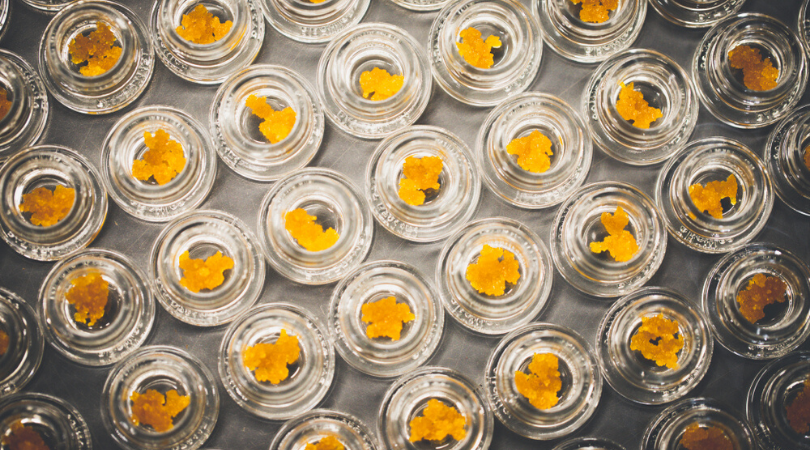The world of marijuana concentrates is vast, and so is the variety of cannabis extraction methods you can employ when making high-THC or high-CBD infusions.
Concentrates can be broken into two specific categories: solvent-based and solventless extractions.
Each type of extraction affects the purity, consistency, cannabinoid profile, and the flavors of the final product.
The best cannabis extraction method is the one that suits your preferences.
Do you want more potency or more flavor?
What type of experience are you looking for?
Do you want to make your own marijuana concentrates or use commercially extracted products?
In this guide, we’ll cover all popular extraction methods so that you can whey the pros and cons for yourself.
The Best Solvent-based Cannabis Extraction Methods for Marijuana Concentrates
In this section, we explain solvent-based cannabis extraction methods for making potent and flavorful marijuana concentrates:
1. Supercritical / Subcritical CO2 Extraction
CO2 is the abbreviation for carbon dioxide, which is a completely natural gas. We exhale it every time we take a breath, and our plants need it for healthy growth. CO2 is also the main gas that contains heat in the atmosphere, making our planet warmer and preventing our extinction.
Despite being an essential component in our lives, CO2 also has a bad reputation. When combusted, it sends unnatural concentrations into the atmosphere, contributing to global warming.
CO2 is also widely used in many industries, where companies can afford expensive extraction machinery to make the whole process environmentally-friendly. As a solvent, CO2 is also valued for its safety; it’s non-explosive, non-flammable, and considered safe for consumption by the FDA.
Let’s take a look at how CO2 works in its supercritical and subcritical form.
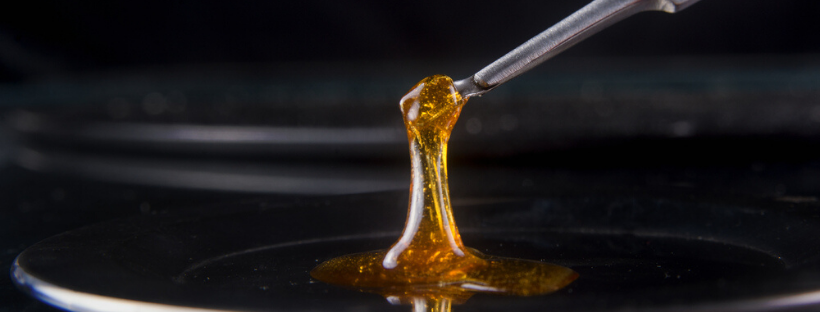
How Supercritical CO2 Extraction Works
When the extractor applies pressure to CO2 under high temperatures (over 32 C), it takes on a fluid state. This type of supercritical fluid has both gas and liquid properties. As a gas, the solvent can easily penetrate solids. In its liquid form, it can efficiently strip the compounds from the plant material into the solution. These features make supercritical CO2 the golden standard among all botanical oil extraction methods.
At the final stage, the CO2 turns from liquid into gas, dissipating through a separator chamber and leaving behind a rich, concentrated liquid extract with the waxes and chlorophyll still present. Most of the time, CO2 extraction is followed by further filtration and winterization that remove these compounds.
How Subcritical CO2 Extraction Works
The subcritical method still applies high pressure to CO2, but at lower temperatures to make it enter a subcritical state. At this point, the CO2 still has some of the fluid properties but is less efficient at extracting cannabinoids. Subcritical extraction is the preferred method when it comes to saving the terpenes in the end product; it resembles the source material, offering a full-spectrum product with its original fragrance and flavor.
Pros & Cons of CO2 Extraction:
Pros:
- More cost-efficient on a larger scale
- Safe
- Recyclable
- Yields pure and potent extracts
Cons:
- Expensive on a small scale
- Requires highly qualified employees
Best Marijuana Concentrates for CO2 Extraction:
- Oil
- Waxes
- Shatter
- Distillates
- Full-flavor oil
- Terpene extraction

2. Alcohol Extraction
Alcohol is a widely available solvent. It’s also easy to use at home; many people make DIY cannabis tinctures with high-proof alcohol like ethanol. It’s simplicity has also made it quite common in the industry, and many professionals select alcohol over other solvents to make their extracts. Alcohol is, without a doubt, cost-efficient, easy to use, and relatively safe.
How Alcohol Extraction Works
Ethanol can be used at different temperatures to provide different effects. For example, you can quickly wash the plant material with warm ethanol to achieve a full-spectrum extract. At lower temperatures, ethanol can be used to make distillates, which eliminates the need for additional filtration.
Due to its ability to work at safe temperatures, alcohol is known for extracting full-spectrum products that maintain their original composition.
The Pros & Cons of Alcohol Extraction
Pros:
- Recyclable when used in closed-loop systems
- Alcohol-based extracts have a longer shelf life
- They also gain potency over time
- Alcohol is safe for home-manufacturing
Cons:
- Alcohol can dissolve unwanted compounds into the extracts, e.g. chlorophyll
Best Marijuana Concentrates for Alcohol Extraction:
- Oil
- Tinctures
- Topicals
- Distillates
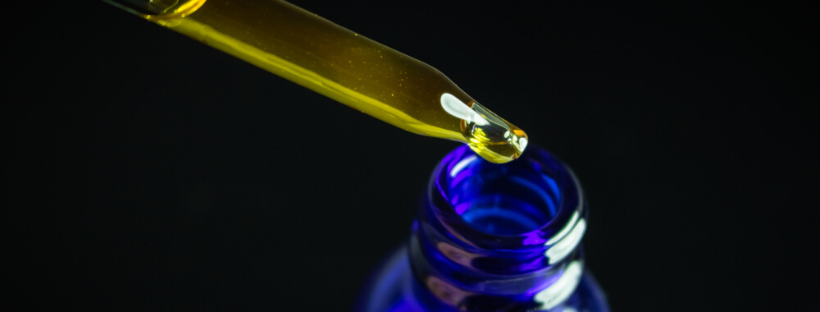
3. Hydrocarbon Extraction
Hydrocarbon extraction is hands down one of the most popular cannabis extraction methods for marijuana concentrates. Most commonly, companies use butane as their go-to solvent, as it shows the highest efficacy at extracting desired compounds and filtering out the unnecessary ones.
Butane is only made of a hydrocarbon chain, so unlike ethanol, it can’t dissolve waxes and chlorophyll into the extract, resulting in a cleaner product.
How Hydrocarbon Extraction Work
Hydrocarbon extraction usually involves running cold butane through the plant material. This way, butane slowly pulls the cannabinoids and terpenes from cannabis, leaving away the rest of the unwanted substances. Hydrocarbon extraction is the most versatile method for making marijuana concentrates.
Butane can also be used at lower temperatures, resulting in a terpene-rich extract, telling much about its original cannabinoid and terpene profile. This is also the best method for preserving cannabinoid acids such as THC-A, which is a must-have compound in making shatter.
The Pros & Cons of Hydrocarbon Extraction
Pros:
- Butane has a low boiling point
- It’s easy to remove from the solution before completing the extraction
- Hydrocarbon solvents are relatively inexpensive
- They are the preferred solvents for certain types of extracts, e.g. shatter
- They’re also more versatile than other solvents
Cons:
- Hydrocarbons are highly flammable
- They’re illegal for making homemade concentrates
- Poor extraction can result in excess solvent residue in the end product
Best Marijuana Concentrates for Hydrocarbon Extraction:
- Butane Hash Oil (BHO)
- Concentrates
- Oil for vape pens
- Shatter
- Wax
And basically all full-spectrum extracts.
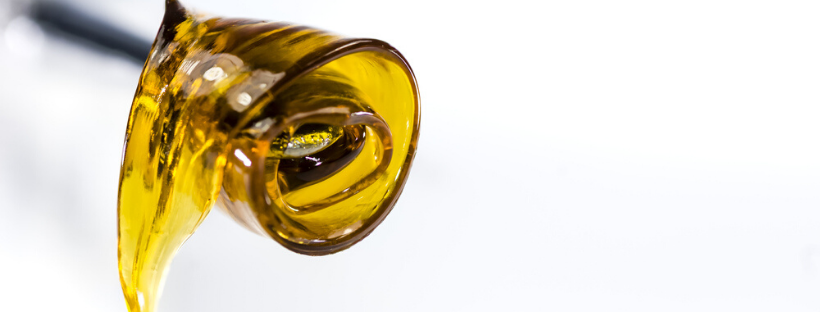
4. Solventless Extraction
You actually don’t need a solvent to make marijuana extracts. This cannabis extraction method relies on mechanical power such as pressure to squeeze out the oils from cannabis. This can be time-consuming and physically challenging, but it’s still one of the best ways to achieve full-spectrum extracts.
How Solventless Extraction Works
Solventless extraction systems use mechanical forces, such as heat, cold, or pressure to produce concentrates. One of the best things about this technique is that it’s entirely safe for making homemade extracts. It’s also simple and has a quick learning curve despite the inferior time efficacy.
The Pros & Cons of Solventless Extraction
Pros:
- It’s the oldest way of making marijuana concentrates
- Safe to perform at home
- Solventless concentrates are completely safe for consumption
- Less expensive than solvent-based methods
Cons:
- Time-consuming
- Labor-intensive
- Lack of quality control and consistency between batches (for homemade extracts)
- There’s the possibility of microbial contamination, such as mold or bacteria
Best Marijuana Concentrates for Solventless Extraction
- Hash
- Bubble hash
- Rosin
- Live resin
What’s the Best Cannabis Extraction Method for Preserving the Terpenes in Marijuana Concentrates?
Terpenes are an important part of cannabis plants. Not only do these volatile molecules give each strain its unique aromas and flavors, but it also modulates the effects of cannabinoids. Terpenes are thought to be responsible for the character of one’s high as well as the medicinal profile of effects.
High heat destroys the majority of terpenes because they have a very low boiling point. That’s why companies that want to preserve the natural chemical profile of the source material use solventless extraction or low-temperature methods.
Here’s how to get the most out of your plant’s original terpene content:
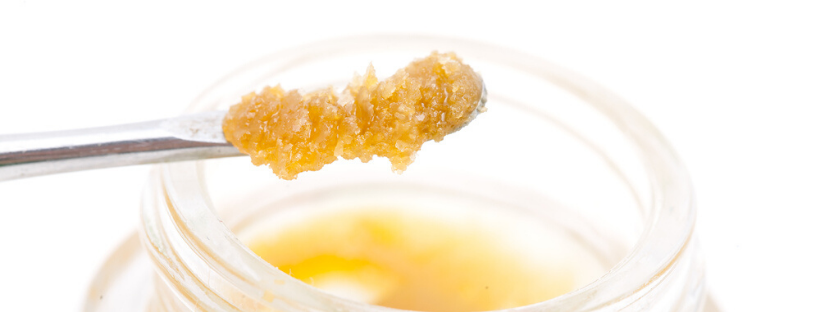
Subcritical CO2
Subcritical CO2 extraction is currently the best method for making flavorful marijuana concentrates. Separating the terpenes during the initial extraction stage allows the manufacturer to process the remaining compounds using higher temperatures, which would otherwise compromise the terpene content. The terpenes are then added back to the extract to enhance its fragrances and flavors.
Solventless
There are less aggressive extraction methods for terpenes than subcritical CO2. If you want to make sure that the majority of terpenes are preserved during the extraction, use solventless technique. Although more difficult and time consuming, it often results in the highest purity levels of the end product.
How do Terpenes Get Separated from Cannabinoids during Extraction?
Most of the time, manufacturers use fractional distillation — also known as short path distillation — to separate terpenes from cannabinoids. This method uses the unique boiling points of terpenes and cannabinoids to separate and collect them step-by-step in different chambers.
The terpenes with the lowest boiling point will be the first to evaporate, so the extracting machine will condense and collect them as first. As the temperature gradually rises, the next lowest-boiling terpene is collected in the same fashion. The manufacturer repeats this step until all of the terpenes and cannabinoids have been separated.
Fractional distillation has its obvious pros, but it also comes with one downside. While this method is very effective for certain terpenes, it may not work for the most volatile monoterpenes. Certain terpenes may also have very similar boiling points, making them difficult to prevent from degradation. As with other extraction methods, the best terpene extraction depends on the desired end product.
Best Marijuana Concentrates for Terpene Extraction:
- Terpene sauces
- Cannabinoid distillates
- Recombination oils (mixes of specific cannabinoids and terpenes with different ratios)
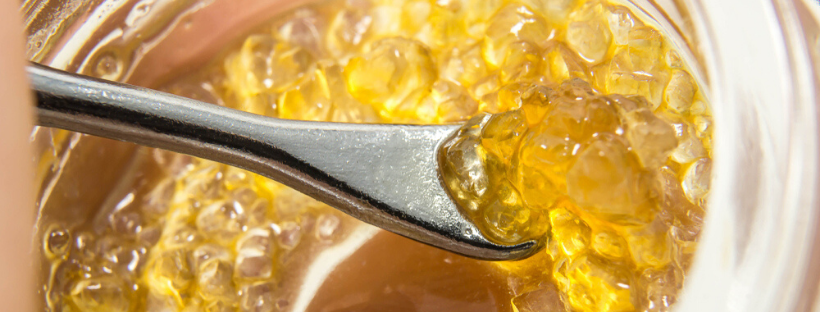
Different Types of Marijuana Concentrates
In this section, we provide a brief overview of the most common types of marijuana concentrates, from solventless extracts to their solvent-based counterparts:
- Kief (solventless): this is the simplest of all concentrates. Kief is made from the cannabis trichomes, which are translucent glands where all the cannabinoids and concentrates are secreted. Kief is collected during grinding weed, when the trichomes fall off the plant. It can be consumed as is or turned into hash.
- Dry sift (solventless): dry sift is a refined version of kief that has been processed through a number of screens to save only the trichome heads. Dry sift is the easiest starting material for making hash. The quality depends on the amount of plant matter and trichomes found in the end product.
- Hash (solventless): hash is one of the oldest cannabis concentrates; it has been around different civilizations for centuries. Hash is often pressed or rolled into blocks from large amounts of trichomes. It can be soft and chewy or hard and crunchy depending on its extraction method.
- Butane Hash Oil (BHO): as the name suggests, BHO is made using butane as the main solvents. The final consistency of a BHO extract depends on a number of factors, so people will use different names when referring to different consistency. For example, wax is used to describe a runny BHO extract, whereas shatter refers to the glass-like consistency that often “shatters” when handled. There’s also budder, crumble, sap, and honeycomb, all of which fall under the category of BHO despite different consistency. BHO concentrates are known for their insane potency, which can sit as high as 90%. This makes BHO a popular choice among medical consumers seeking swift relief from chronic pain, insomnia, seizures, neurodegeneration, and other chronic symptoms.
- CO2 Oil: CO2 oil is extracted with supercritical carbon dioxide and takes on a cold liquid form after extraction. This concentrate is mostly used in oil drops and vape juices. It’s also a common food additive.
- Rick Simpson Oil (RSO): also known as Phoenix Tears, RSO is an oily whole-plant cannabis extract that can be administered orally or applied on the skin. Sublingual delivery is a better method for RSO because it offers more bioavailability (better absorption rates) and is a convenient way to medicate because the oil passes through the oral mucosal membranes in your mouth instead of going through the digestive tract.
Final Thoughts on the Best Cannabis Extraction Methods for Marijuana Concentrates
As the cannabis industry continues to grow, experts are working with scientists to develop sustainable extraction methods for different types of marijuana concentrates. Current advancements in technology allow manufacturers to use safe solvents that ensure the high potency and purity of the final product. Currently, there’s no such thing like “the best extraction method for all concentrates.” It all depends on what type of extract you’re looking for, what effects you want to achieve, and what your preferred consumption method is. Once you figure that out, you’ll be able to choose the best solvent for your needs.
Which of the above cannabis extraction methods do you like the most — and why? Let us know in the comments below!


